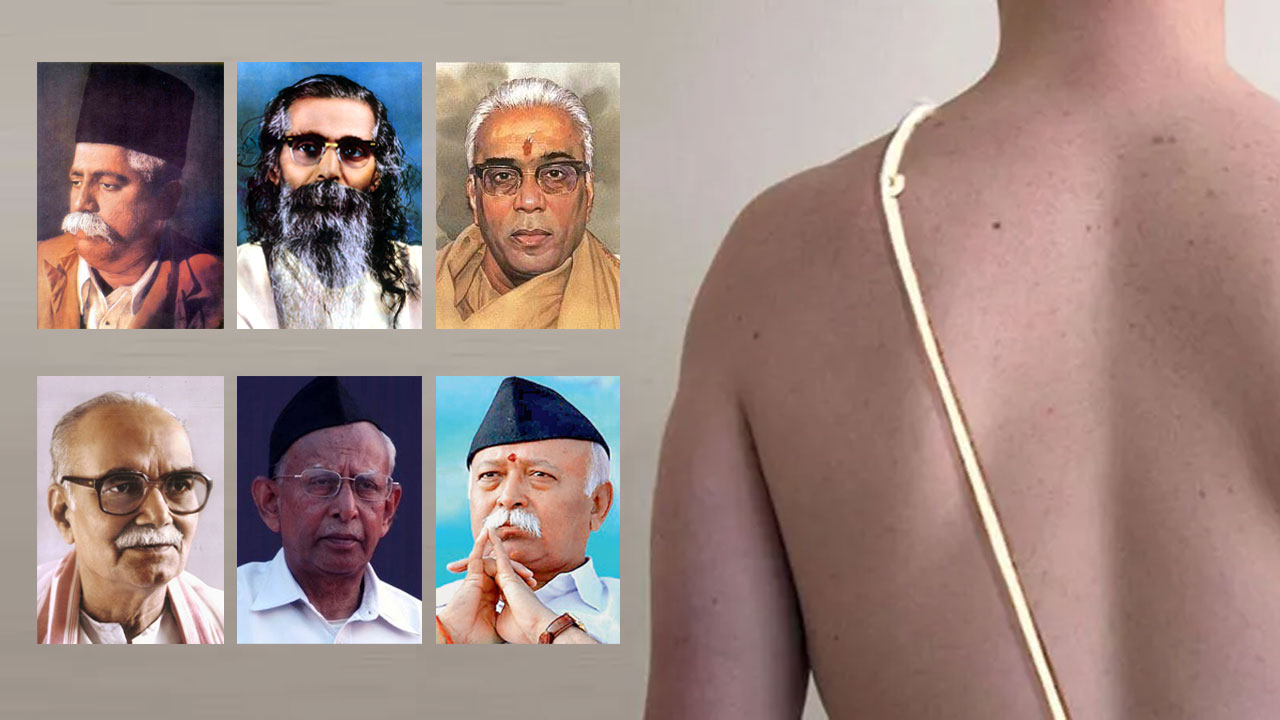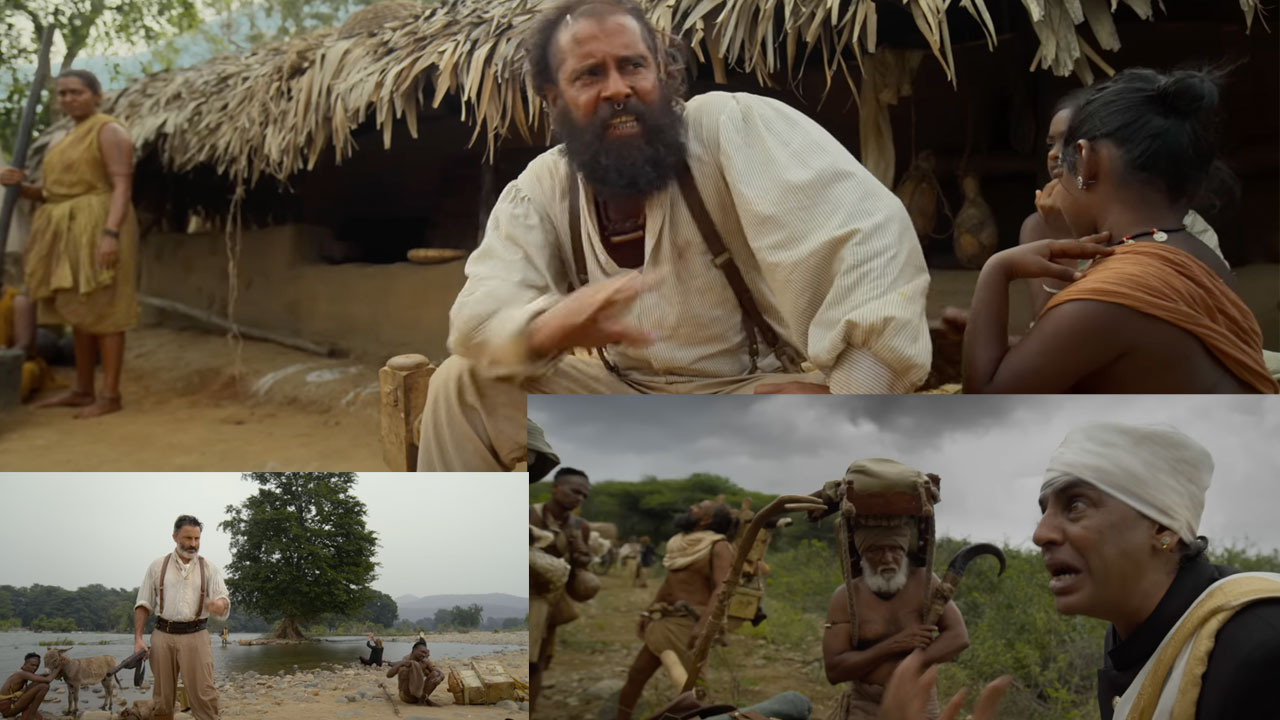 After the 25 May 2016 issues of newspapers published from Punjab reported police excesses on Dalits agitating for land rights at Balada Kalan village of Bhawanigarh tehsil, Sangrur, Punjab, the comrades of Janhastakshep decided to go on a fact-finding mission. On 28-29 May, we visited some villages. The Dalits of Balad Kalan were protesting against “fraud” in the auction of panchayat lands reserved for SCs.
After the 25 May 2016 issues of newspapers published from Punjab reported police excesses on Dalits agitating for land rights at Balada Kalan village of Bhawanigarh tehsil, Sangrur, Punjab, the comrades of Janhastakshep decided to go on a fact-finding mission. On 28-29 May, we visited some villages. The Dalits of Balad Kalan were protesting against “fraud” in the auction of panchayat lands reserved for SCs.
The rural setup of Punjab is marked by great disparity across caste lines in ownership of resources – especially agricultural land. That is why this movement for land rights is also against casteism and caste-based oppression. In India, ruling castes have been synonymous with ruling classes. In Punjab, landlords and big, medium and small farmers are mostly from the upper castes (mainly Jat) while Dalits are largely landless. Villages have two types of “shalmat” (common) lands – nazul and panchayati. The nazul lands are those that belonged to people who migrated to Pakistan after the Partition and were left over after allotting to those from the other side of the border who settled here.
Village panchayats control public land in the villages. The Punjab Village Common Lands (Regulation) Act 1961 reserves one-third of the public agricultural land for the SCs. According to Punjabi poet and Naujawan Bharat Sabha activist Sukhwinder Singh “Pappi”, who is associated with the movement, 56,000 acres of land has been allotted to the SCs in the state on paper while actually they possess not an inch of land. The panchayat land is auctioned off annually. Rich farmers bid for the land in the name of Dalits and hold on to the land. With education, Dalits have become aware of their rights.
Punjab has a long history of peasants’ movements. But the movement launched by Zameen Prapti Sangharsh Committee (ZPSC) in many villages of Punjab’s Malwa region is different in many respects. This is a kind of caste/class struggle. On one hand are the Dalis, who have a right to one-third of the panchayat land and on the other hand are upper-caste farmers, who, in cahoots with the administration, are controlling this land through forgery. A key feature of this struggle is its communal nature. In the villages where the Dalits have succeeded in acquiring land, they are practising collective farming under the aegis of ZPSC and through Dalit Collectives. They work the land jointly and divide the produce among themselves. Here we will try to analyze the role of Dalit Collectives against the backdrop of this movement.
Banra struggle: A new beginning
As explained earlier, rich farmers of upper castes gain control over panchayat lands reserved for SCs through fraud and forgery, with the administration playing the abettor. In 2008, Bahal Singh, a resident of Banra village in Barnala district, brought together 250 Dalit families from the village under the banner of Krantikari Pendu Mazdoor Union. They ensured that the Jat landlords and rich farmers could not find a single Dalit to acquire land on their behalf. It is here that the idea of collective farming was born. The Dalits of Banra jointly bid for 33 per cent (9 acres) of panchayat land and got it allotted in their names. This 9-acre land gave the Dalits a feeling of self-respect and dignity that they had never experienced before. The shared memories of oppression and the shared struggle tied them with a strong bond. The land was insufficient for growing food grains, with only 10 “bissa” falling in the share of each family. Instead of following the traditional cropping pattern of paddy and wheat, they opted for the year-round cropping that involved growing fodder crops like chari and barseem. An 11-member elected committee managed production and distribution. What remained from the sale proceeds after deducting the amount they bid for the land for the next year was divided among the members. This freed the women from having to walk miles for procuring fodder for cattle and to face humiliation at the hands of landlords. This was an economic struggle against casteist domination. The Banra experiment lasted only five years but the idea of Dalit Collectives caught the imagination of the entire Malwa region.
Shekha: The next step
Enthused by the success of the Banra Dalit Collective, members of the Punjab Students’ Union scrutinized official documents to determine the actual share of SCs in community land, and after a long struggle led by the union, Dalit families managed to acquire through joint bidding the entire land to which they were entitled. This strengthened the community-farming experiment. It was to spread this movement all over the state, to give it a strong organizational framework and to co-ordinate with other movements that ZPSC was constituted. Today, ZPSC is leading movements in hundreds of villages of Malwa.
Balad Kalan: New equations
In Balad Kalan, “Shalmat” land measured 375 acres, so Dalits were entitled to 125 acres (one-third). On 24 May 2016, police barbarically lathi-charged farmers of Balad Kalan who had blocked traffic to protest against the fraud in the auction of panchayat land by rich-farmers-administration nexus. Many protestors, including women, sustained serious injuries and scores were arrested. Two girls who were on their way to a coaching centre were also dragged through streets and beaten up mercilessly. On 28 May, when the team of Janhastakshep visited some villages of Sangrur district, the women showed their wounds but it was evident that they were not terror-stricken. Rather, they were confident and committed to taking their struggle forward. For them, it was not merely an economic issue but a question of self-respect, of honour. In Punjab, mechanization of agriculture and unbridled use of fertilizers has meant that grass for fodder grows only on banks of canals and boundaries of fields. Dalits did not own land and when their women went to the fields of upper-caste farmers to cut grass for cattle, they had to face insults and abuse. But now they no longer have to go through this ordeal.
Notwithstanding the 1961 Act, the Dalits of the village were deprived of their share in common land. Rich farmers grabbed it by making bids through Dalits propped up by them. Conscious of their rights and armed with the strength of communal feeling, the farmers constituted a unit of ZPSC in the village and launched a movement in April 2014. They jointly bid for land, acquired it and started community farming. An 11-member elected committee took up the responsibility of managing production and distribution. The produce was divided among the members after providing for the money needed to bid for the land for the following year. A part of the land was set aside for growing fodder and food grains were sown in the rest.
Community farming on such a big piece of land was a challenging task but the Dalits decided to accept the challenge and were able to see its advantages. Here too, the ideas of joint ownership, joint labour and democratic distribution underpin community farming.
 The landlords, who treated the Dalits with contempt, were livid. Dalits living with self-respect was absolutely unacceptable to them. Aided by the administration, they again want to grab the land reserved for the Dalits. But the Dalits are firm. They are not ready to give up their right come what may.
The landlords, who treated the Dalits with contempt, were livid. Dalits living with self-respect was absolutely unacceptable to them. Aided by the administration, they again want to grab the land reserved for the Dalits. But the Dalits are firm. They are not ready to give up their right come what may.
Tears well up in the eyes of 40-year-old Paramjit Kaur as she recalls the 2014 agitation in which she sustained injuries from the police assault and remained in a coma for weeks. But she says that the pain of the injuries was nothing before the humiliation she was subjected to by the landlords. After the success of Balad Kalan, Dalit Collectives have come up in around 20 villages of Sangrur and Barnala districts, and in many other villages, Dalits are moving in that direction.
Dalit Mahapanchayat
In April 2015, ahead of the auction of panchayat land in May, ZPSC held a Dalit Mahapanchayat at Bhawanigarh that was attended by thousands of Dalits from over 100 villages of the five districts of the Malwa region. The panchayat discussed how to strengthen Dalit Collectives where they were already in existence and how to establish them where they weren’t. On 20 March, a Dalit panchayat was held in Grancho village. Four hundred Dalits from 102 villages were present. The Dalits of this village resolved to acquire land jointly and to farm collectively.
Matoi: Instance of women’s empowerment
Dalit struggles are underway in many villages but Matoi is important because here, girl students have launched the struggle and are leading it. Led by Sandeep Kaur, girls studying in a college in a nearby town united the Dalit families and after a long struggle managed to acquire land and bring it under collective farming.
Khedi: Mockery of social justice
In 1976, residential plots were allotted to the landless farmers of Khedi village. According to an order of the Punjab & Haryana High Court, the panchayat can take back the land if the beneficiary hasn’t built their house on it within three years of allotment. But till four years ago, the Dalits had no inkling of this order. When the panchayat tried to take back their land, they began a sit-in led by ZPSC. They encircled their land with red flags and stayed put ignoring the threats of the landlords and atrocities of the police. Now, they are not doing collective farming but are running a collective kitchen. They are braving rain and inclement weather but are not ready to give up their possession of the land. The rich farmers, the police and administration want to take back their land by hook or by crook but the Dalits are determined not to give up till their last breath.
Having working the lands of upper-caste farmers for generations, now becoming the owner of a piece of land is a dream come true for most of them. A 54-year-old activist of ZPSC fondly recalled how, two years ago, he used spade in “my own field”. He was one of the 700-800 farmers who had taken part in the 2014 struggle. At that time, the police had displayed the same barbarity. He had sustained serious injuries and had to undergo a complicated surgery. “I was in great pain but the happiness of owning a field numbed the pain to the extent that I could not feel it,” he says. Filing false cases against leading activists of any movement is an old strategy of governments. But the Dalits of Punjab no longer fear frame-ups. Throughout the movement, the role of the police and administration has been anti-Dalit.
Conclusions
These movements decisively disprove the notion that the agricultural relations in Punjab are not feudal but capitalist. As it is clear, the administration and upper castes discriminate against Dalits. The Act reserving land for Dalits was promulgated in 1961 but it exists only on paper. Instead of conducting annual auctions, the government should allot land to farmers’ collectives on long-term lease. The movement launched by Dalits for right to land at the initiative of the students has the potential of assuming the form of a large people’s movement.





